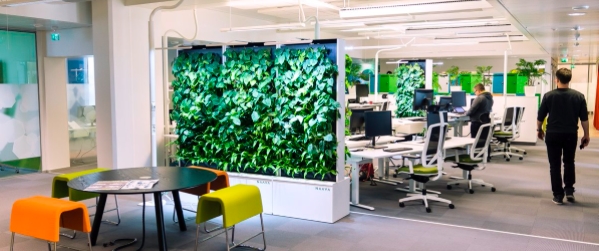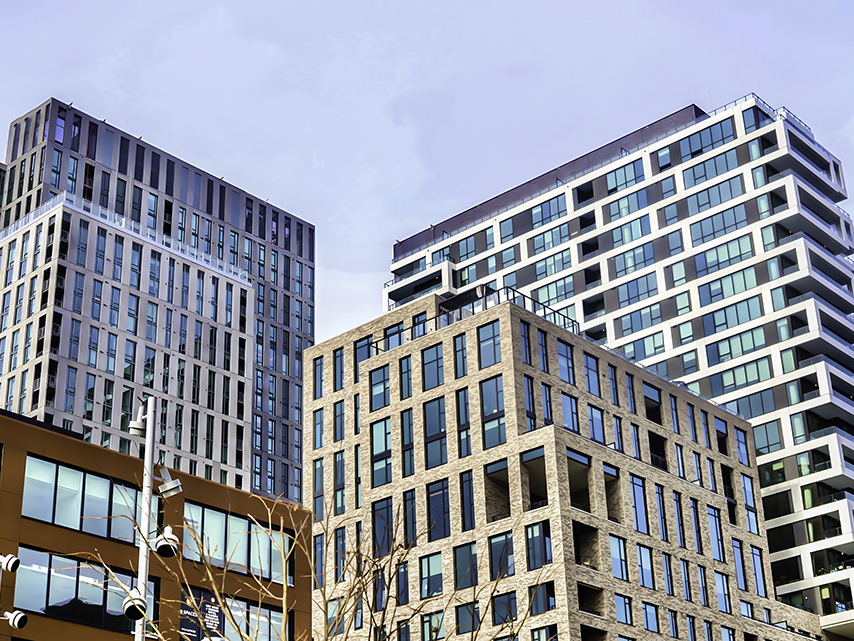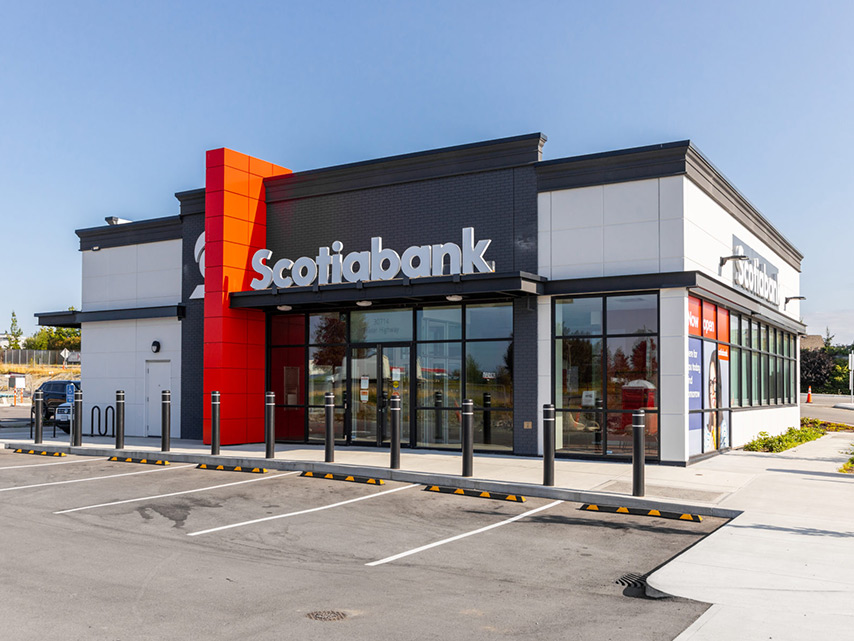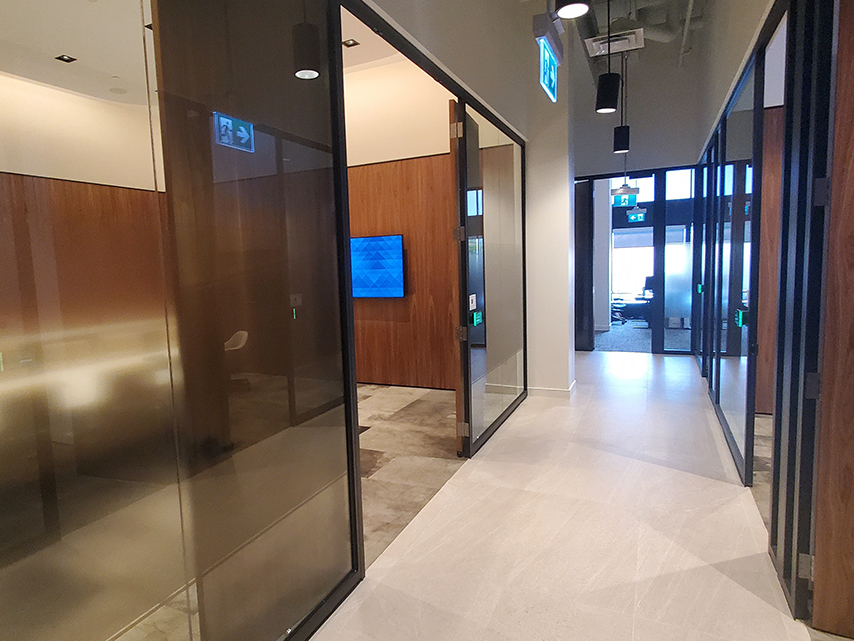How to Prioritize Your Needs When Searching for a New Lease
When you own a business and the time comes to expand operations, you face many considerations. How much space do you need to grow, and how much can you afford? How will the new location impact day-to-day business procedures and employee morale? What amenities must the new facility have?
Negotiating a commercial lease can prove daunting, and far too many entrepreneurs use this excuse to delay the process. As a result, they miss a valuable opportunity to prioritize their needs and end up leasing the first location that suits their price range. You can pass on making a similar mistake during your business' growth by following the tips below.
1. Make Three Lists
When it comes time to begin looking, start with a bit of soul-searching. What must your business have to succeed in its new location? What amenities do you and your employees want the most? Which ones could you take or leave, depending on price point? Make three lists:
- Must-haves: These represent make-or-break items, including things such as adequate electrical outlets. Make sure they work — you don't want to lose power by turning on the coffee pot while someone makes copies. These must-haves also includes things like wired or wireless internet accessibility, as well as handicapped-accessibility features for retail locations.
- Desirables: These are things you consider high-priority but may budge on for the right price. Examples may include covered, secured parking for customers, accessibility by light rail or access to easy bike routes to work.
- Would be nice: These represent things that could entice you to pay a bit more but aren't essential or desirable by all staff. On-site fitness facilities, skylights or an attached eatery fall into this category.
2. Begin Your Search Early
Begin your hunt for a new facility no later than a year before moving. This timeline provides you with adequate time to find the ideal location while also allowing time to review all essential lease terms.
Fundamental considerations include monthly rent, the length of the lease term, the amount of any annual rent increases and the responsible parties for any repairs. Unlike residential leases, there are no standard commercial lease forms or terms, and fewer consumer protections exist. Therefore, the onus falls upon you to ensure all terms and conditions suit your business needs. Contact a commercial lease attorney or broker if you're uncertain.
3. Survey Your Staff
Do you know how your staff gets to and from work each day? How much time do they spend on the road already? Could they benefit from flexible work or telecommute options?
Finding out what your employees want can save you considerable money both initially and throughout of your new lease. If some staff prefer to telecommute, for example, you could lease a much smaller space. Additionally, you can retain more staff by choosing a location central to where the majority live — as, on average, it costs 33% of a leaving employees' salaryto hire and train a new one.
4. Know Your Financial Limits
As a business owner, your job is to avoid unnecessary financial difficulties stemming from a pricey location. This factor makes lease terms so critical. What are your subletting options, for example, if your business were to decline? How long is the lease term? You may shy away from a lease spanning a decade — especially if you're a young startup. However, a yearly contract could result in needing to negotiate for lower rent prices down the road — or having to pack up and move again.
When evaluating locations, keep intangible costs in mind as well as rent. How much will the facility's heat and air conditioning cost? How much is water or natural gas at the location? What taxes and fees do the municipality charge for sewer and trash removal? Who pays for landscape upkeep? Each cost adds to the overall price, so draw up a sample budget before signing on the dotted line.
5. Get Your Employees Motivated
If you have a staff of 10 or more, no doubt some members are more excited about the move than others. Consider holding a contest to reward those employees who finish the items on their moving checklists first. Further, arrange staff into groupswith specific places to store their belongings to eliminate confusion when it comes time to unpack.
6. Evaluate Amenities
Before signing a lease, spend a day at the new facility to see what they offer. For example, many employees dislike driving substantial distances for lunch — if the building doesn't have any restaurants, are some nearby? What are the average price points, assuming some staff may have a dollar-menu budget?
If no fitness facility exist on-site, is there one in the neighborhood staff can hit after hours? What do the grounds look like? Taking breaks to walk in nature improves productivity, so strive to locate near a green belt or park.
7. Leave (Some) Room to Grow
You started your business because you wanted it to grow, so pass on the temptation to move from one too-small office into another. That said, you also don't want to overstep your bounds and end up struggling economically.
Evaluate past years' growth. How many new staff did you add? By what percentage did you take them on? What do the trends say? If you started hiring during the first quarter but have slowed your growth since, you should plan for current levels — not the ones you hope for. You can always expand further as profits permit.
Choosing the Right Commercial Lease
Choosing the right new location for your business takes time and planning. However, by following these tips, you can use your move as an opportunity to take your team to the next level.
Holly Welles is a writer specializing in commercial real estate and investment. When she’s not researching sustainability and design trends, she’s working on her passion project, The Estate Update.








